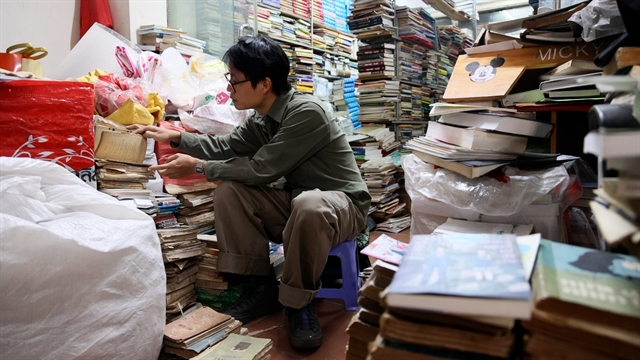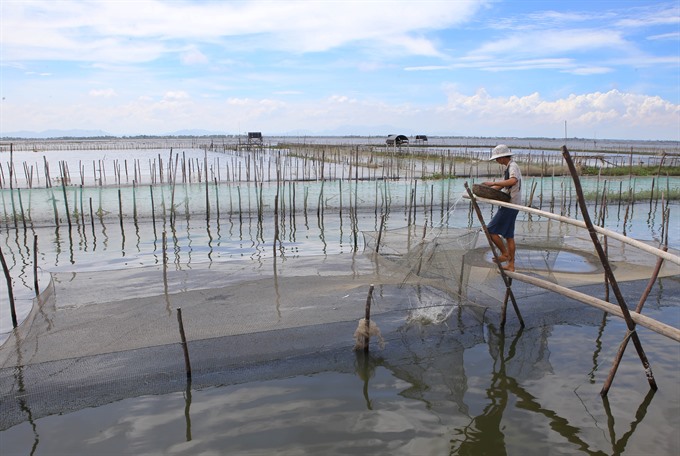 Life & Style
Life & Style

The Tam Giang Lagoon, about 11km north of Huế, erstwhile capital of Việt Nam, is among Southeast Asia’s largest fresh water bodies.
 |
| Open cages: A fisherman works on a farm in Quảng Điền District. |
The Tam Giang Lagoon, about 11km north of Huế, erstwhile capital of Việt Nam, is among Southeast Asia’s largest fresh water bodies.
The lagoon, which borders four districts in Thua-Thien Hue Province, Phong Điền, Quang Điền, Hương Trà and Phú Vang, is about 24km long and covers a 5,200ha area. Its waters are 2-7 metres deep.
 |
| Twilight zone: A fishing village in Thủy Tú, Phu Vang District. — VNA/VNS Photos Hồ Cầu - Quốc Việt |
The lagoon’s rich and diverse ecosystem plays an important role in conserving the country’s biodiversity. The vast fishing ground is a source of livelihood for about a million people who catch tonnes of fish and other seafood every year. It also serves as a shield, protecting the region from salt intrusion and floods; and provides refuge to fishing boats during violent storms.
 |
| Floating life:Tam Giang Lagoon is home to hundreds of local fisherman families, whose livelihood is made on the its water. |
Tam Giang means “three rivers” in Vietnamese. It is a place where the region’s three large rivers –Huong, Bồ and Ô Lâu River – meet before they go out to sea. There are also dozens of smaller rivers that carry water to the lagoon.
Today, Tam Giang’s pristine waters and well-preserved cultural heritage of local fishing communities make it a must-visit ecotourism destination in the central region. — VNS